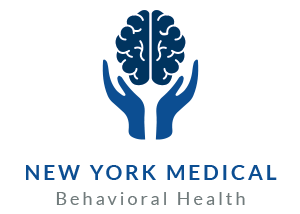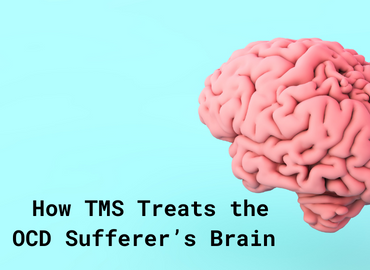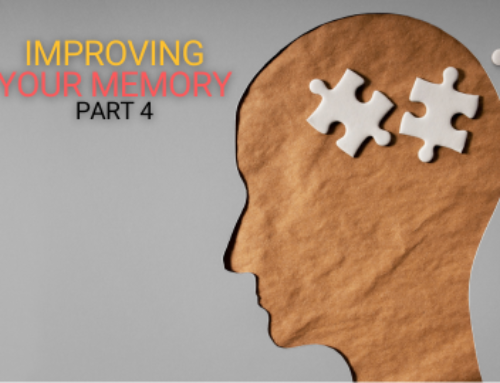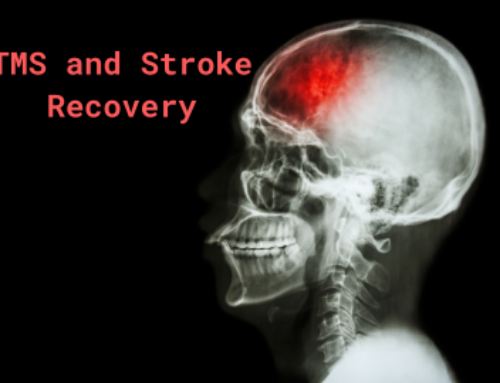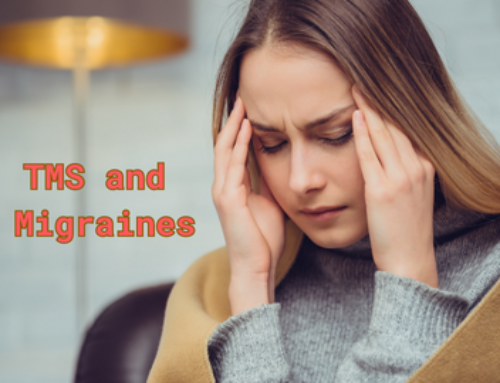How TMS Treats the OCD Sufferer’s Brain
The brain is a wondrous machine that we still know little about, but it’s also another part of the body made of carbon-based tissue. The brain interacts with itself at every moment, and sometimes, if a part of the brain is injured or lost, other parts can adapt to fill the need. Certain areas of the brain have specialties with the actions they control and the neurotransmitters they help produce, direct, and inhibit.
Today, we want to look at the parts of the brain most impacted by obsessive-compulsive disorder (OCD) and look at how TMS improves their function. These areas of the brain all work with each other, and their functions overlap, so we’re sharing some of the most notable ones.
− The prefrontal cortex and its components manage impulse control and determination.
− The orbitofrontal cortex, concerned with decision-making and mistake detection.
− The cingulate gyrus helps govern motivation, which is tied to learning and reward.
− The anterior cingulate cortex influences attention allocation.
− The thalamus processes information from the senses and relays it where needed.
− The caudite nucleus helps manage associative and procedural learning.
− The basal ganglia influence executive function.
Dysfunction in these areas of the brain, especially multiple areas, makes the perfect recipe for OCD. Elusive or nonexistent sense of reward, obsessions, repetitive behavior, rituals, and consuming anxiety are all effects of obsessive-compulsive disorder. The elements of OCD feed on each other and make the whole situation worse. Anxiety can encourage someone to repeat rituals and develop obsessions that bring no reward or relief from the feeling of dread, and these rituals consume time that would be better spent elsewhere.
Obsessive-compulsive disorder is more than an inconvenience. OCD makes millions of people miserable, impacting relationships, jobs, inner life, and more. Any scientific advance deemed safe and beneficial for the public is one that we want to explore. Sufferers of OCD deserve a better quality of life.
Transcranial magnetic stimulation (TMS) works by applying low-voltage electromagnetic pulses to the patient’s scalp using a small metal coil. This is a non-invasive procedure, requires no sedation, and there is no downtime. The only pain medication associated with TMS is the occasional aspirin for a mild headache. Most of these pulses are applied to the fore part of the scalp, where the frontal and prefrontal cortices reside. These encompass the main areas of the brain that have a hand regulating decision-making, mood, response regulation, and much more.
If you suspect that you suffer from obsessive-compulsive disorder, see your general physician first for a consultation. This will help rule out and/or begin treating any physical issues and get referrals to specialists. If you have been diagnosed with OCD, give us a call to find out more about our services, like psychiatric therapy and transcranial magnetic stimulation. Contact us on our website or call (585) 442-6960.
